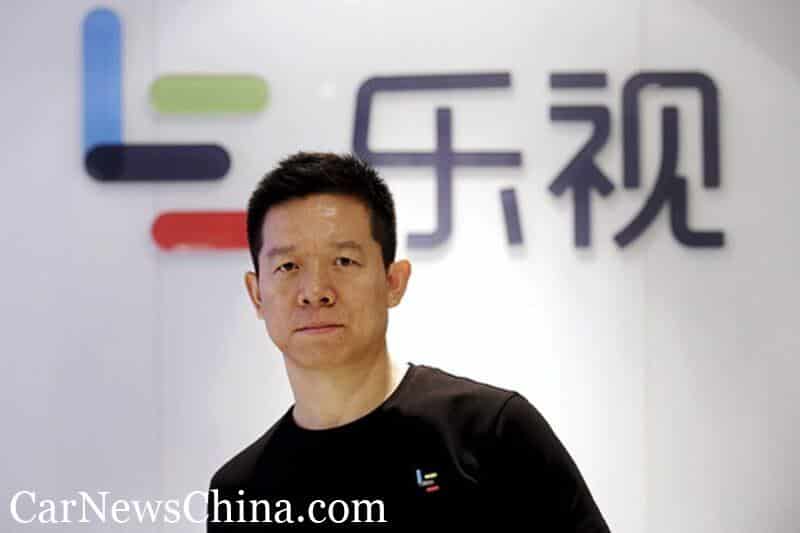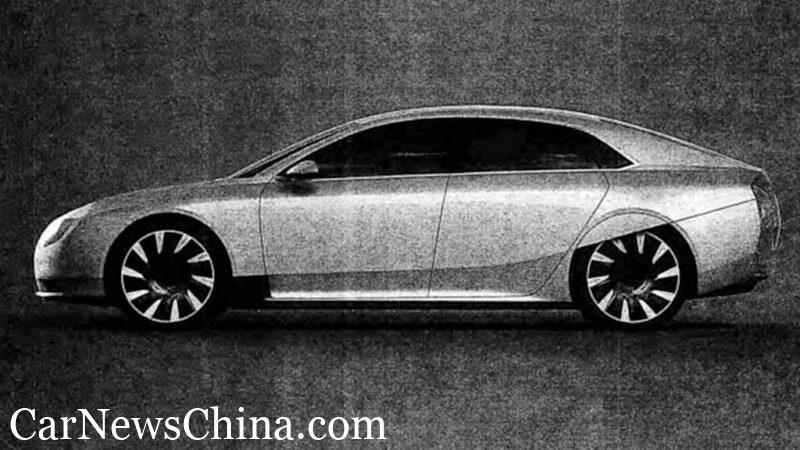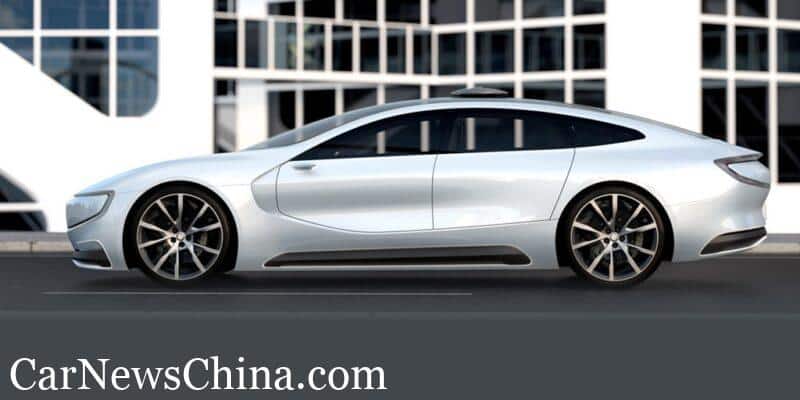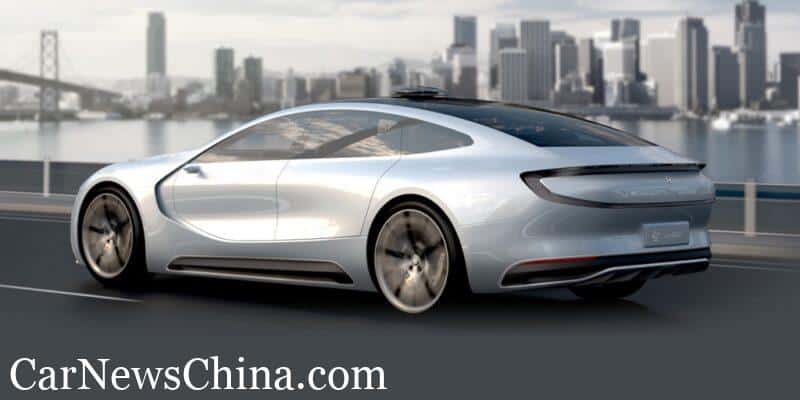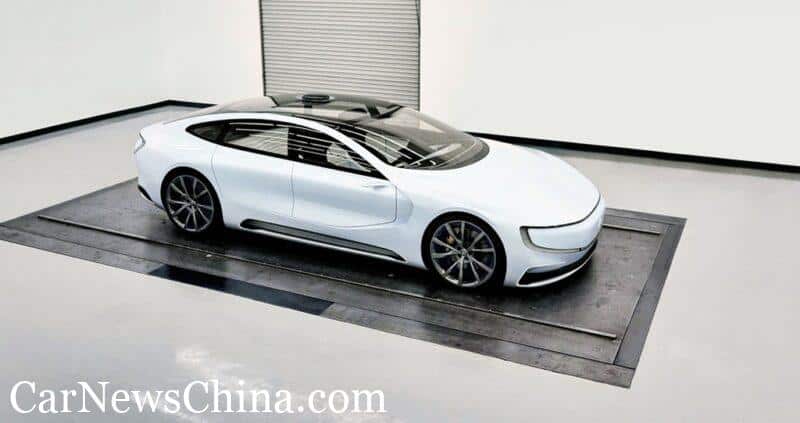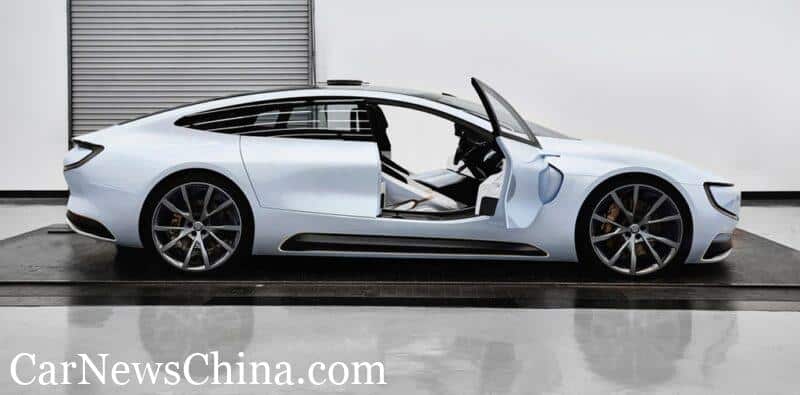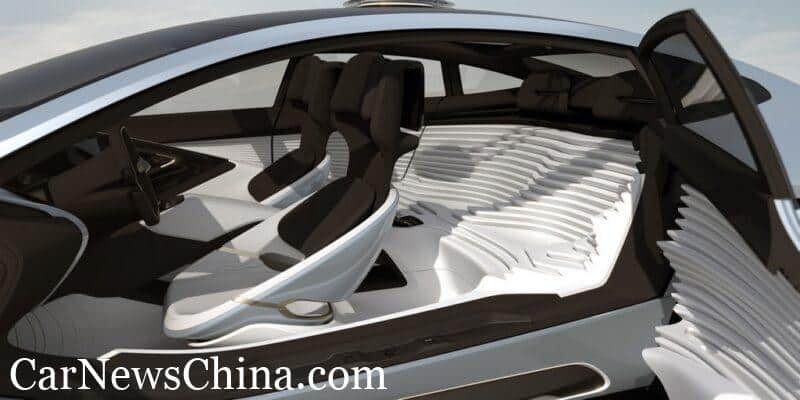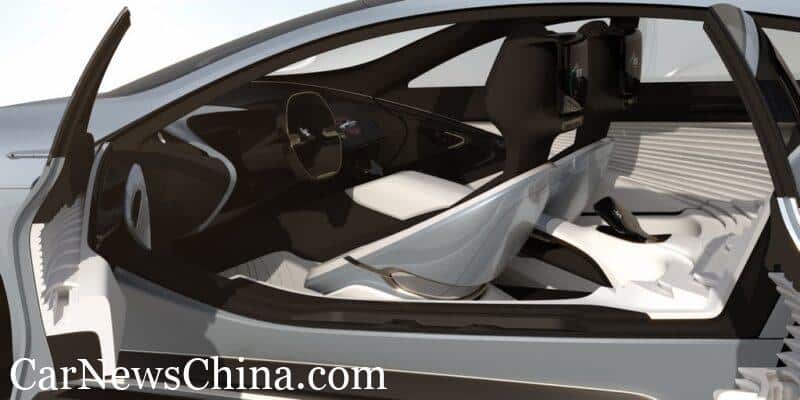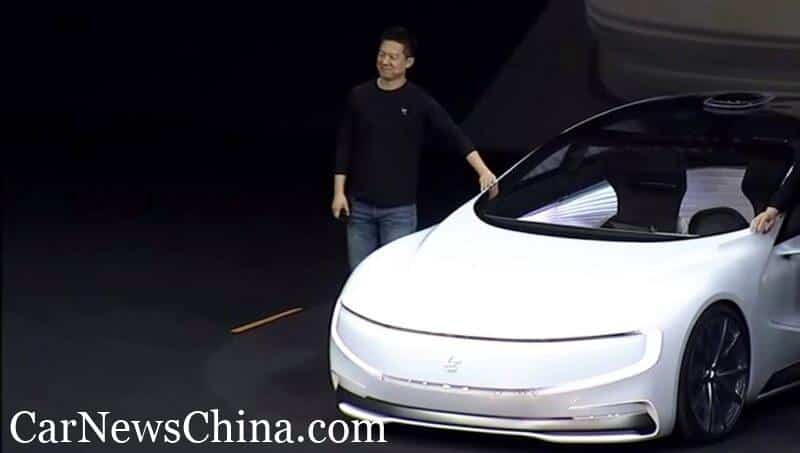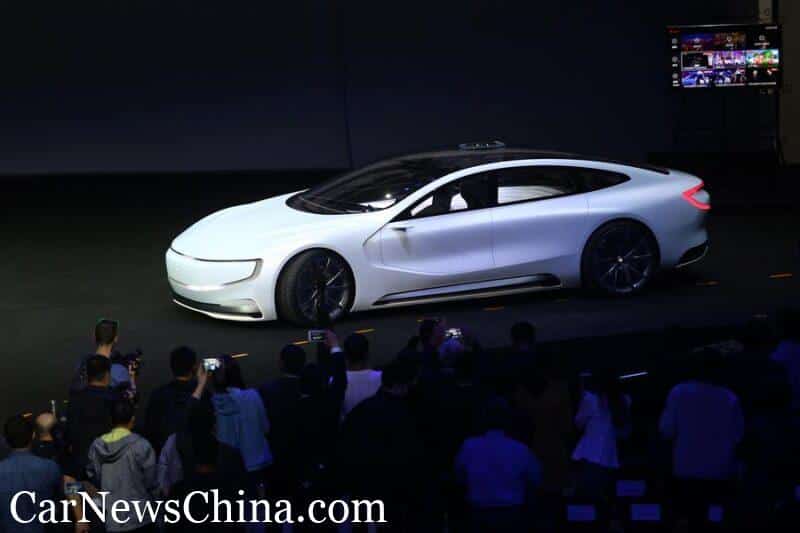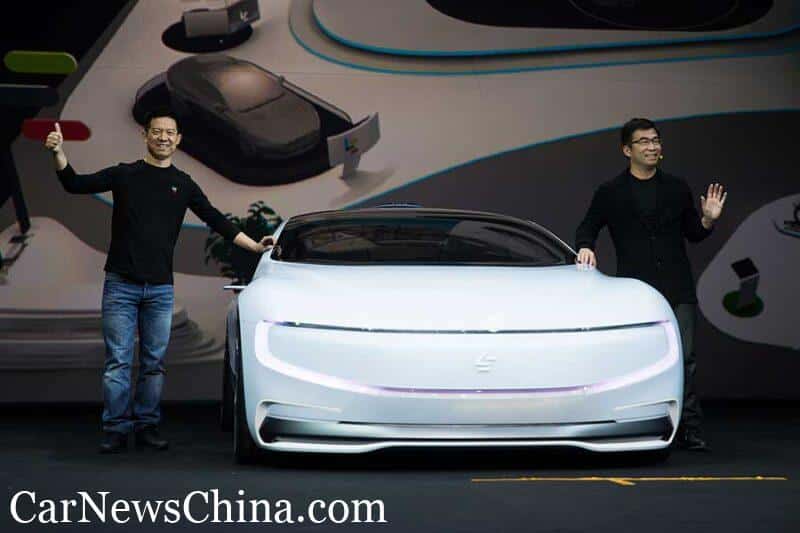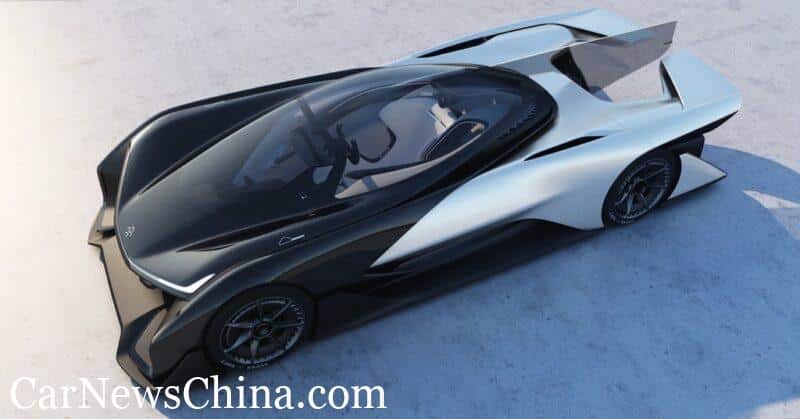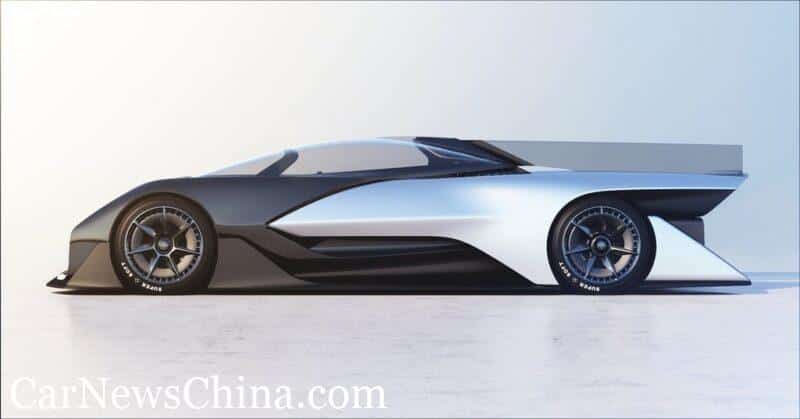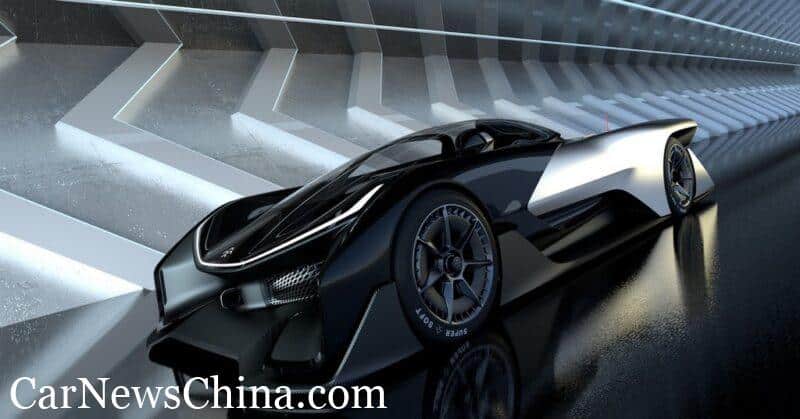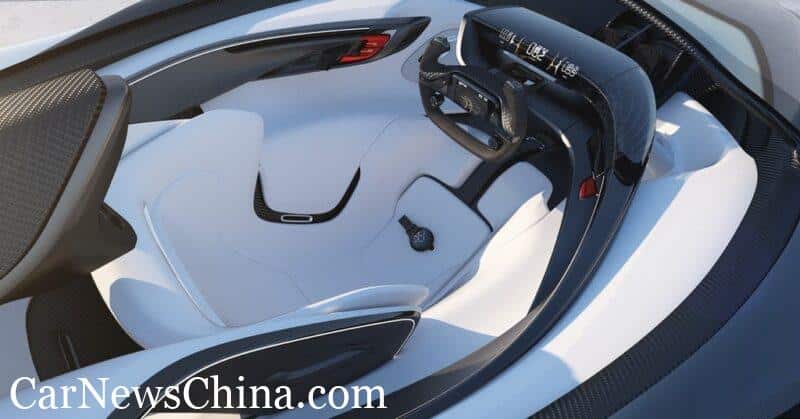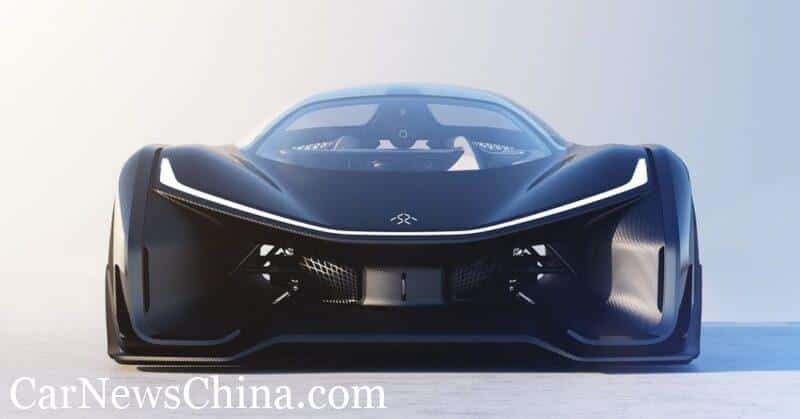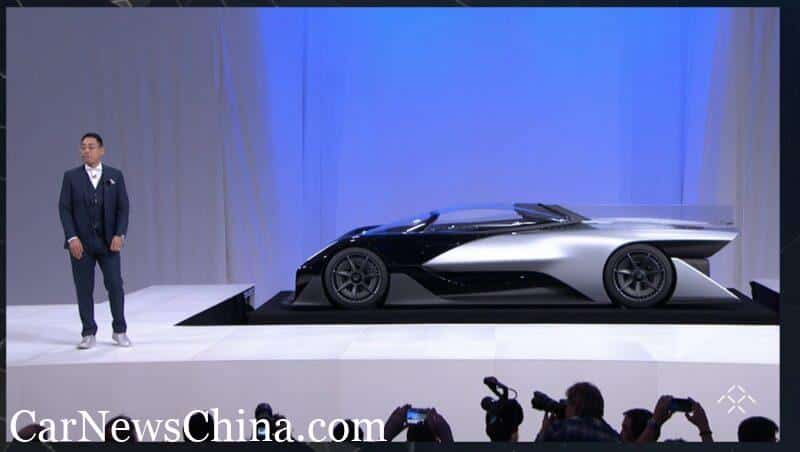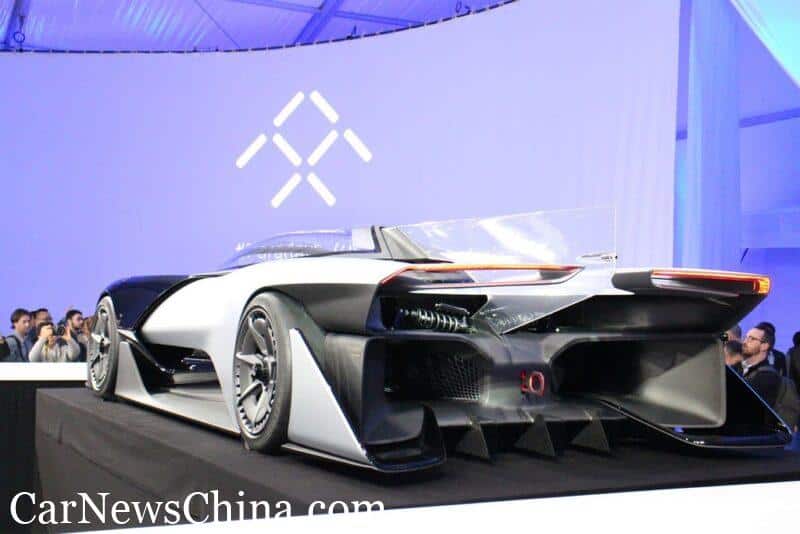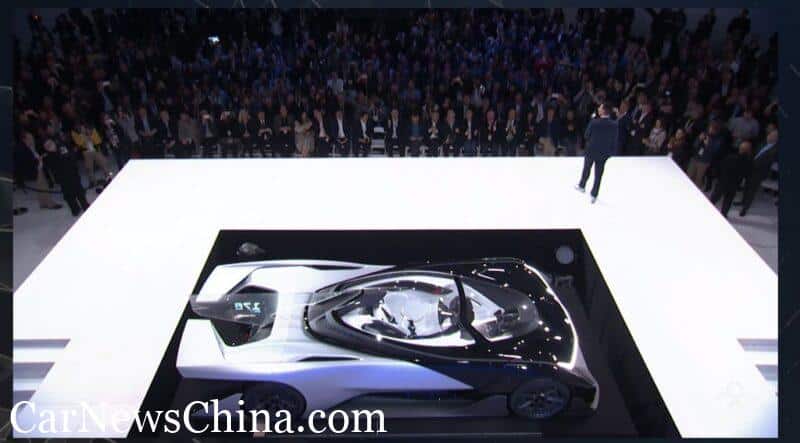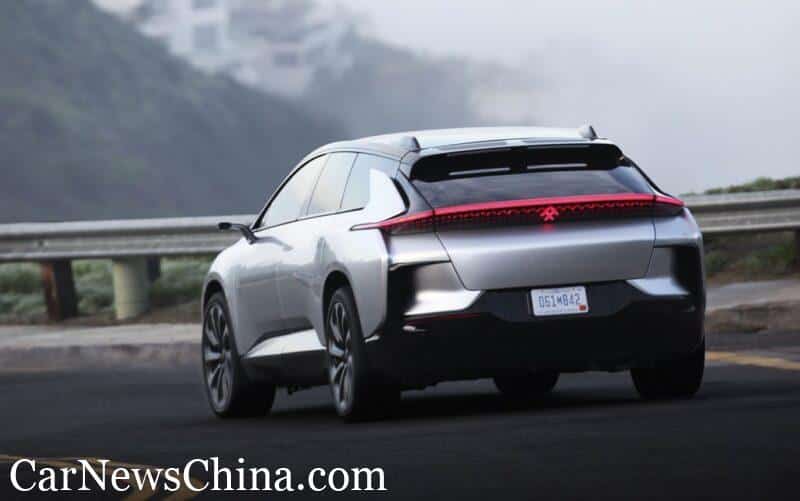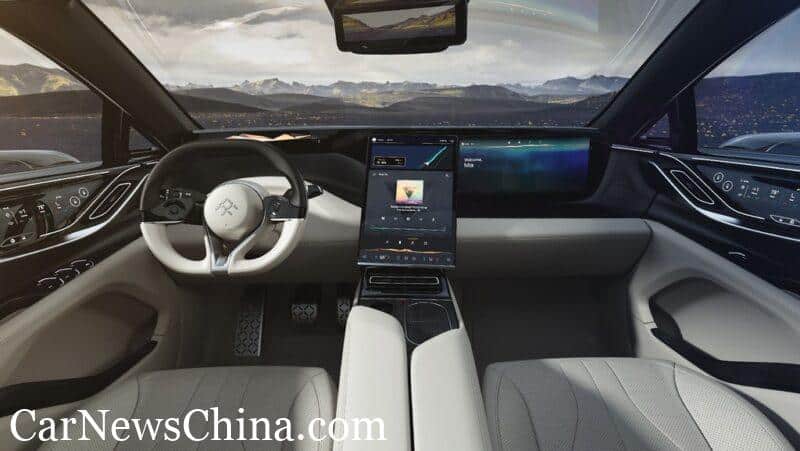The Big Read – LeSEE & Faraday Future
“Great ideas, but really bad with money” is possibly the shortest description of the main protagonist in today’s story, Jia Yueting. For a while he enjoyed a similar stardom as, for instance, Li Bin of NIO today, but in recent times he has fallen from grace and has become China’s most controversial businessman. Now he is preparing a comeback. Today we explore the many twists and turns in an Automaker Story of a company that has yet to produce its first vehicle.
LeWhat?
Born on December 15, 1973, Jia Yueting is the third child of a school teacher and his stay-at-home wife in the northern province Shanxi. His school grades are average at best, but he graduates with a bachelor’s degree in finance from Shanxi’s local university. Only his grade in computer science stands out. Later in life he adds a MBA from the international Cheung Kong business school.
Jia’s first job at the age of 22 is doing computer maintenance at the local tax office. The trivial work and Jia’s disregard for bureaucracy and authority quickly drive him in a different direction. He becomes a self-employed technical consultant. In this capacity he gets to know a wide variety of businesses, from restaurants to Shanxi’s coal industry and from schools to lumber yards, while advising them on network technology and communication systems.
In 2002 Jia establishes Shanxi Xbell Communications, a company focused on IT infrastructure and solutions for telecommunications operators. With a door-to-door sales approach, he conquers almost a 50% market share in Taiyuan, the capitol of Shanxi. A year later, he moves to Beijing, sets up Xbell Union Communications and does the trick again. A few years later the holding company of both enterprises, Sinotel Technologies, will be successfully listed on the Singapore stock exchange.
In Beijing Jia meets Liu Hong, who would become his long-time business partner and gets him to think about the possibilities of 3G wireless communications, yet to be deployed in China. Together they found a company called Leshi Internet Information & Technology in 2004. That company will be known under its trade name LeTV or its website le.com, with ‘le’ meaning fun. LeTV will be Jia’s main concern from here on.
The phrase “LeTV is kinda like China’s Netflix” is often used to describe the company. That phrase implies a certain seniority, so it’s better to say “Netflix is kinda like America’s LeTV”, because when LeTV starts its online movie and TV streaming services, Netflix is still sending its subscribers DVD’s through the US postal service. LeTV is neither the first nor the only streaming service at the time, but Jia insists on acquiring the intellectual property for all of its content, while most others resort to piracy. When the Chinese government eventually clamps down on the fast growing sector, LeTV is well positioned to take the lead.
LeTooManyThings
In the first six years of existence LeTV gradually grows bigger and bigger, while being a profitable company as well. The success leads to an IPO on the Shenzhen stock exchange in 2010. With the money acquired in the IPO Jia starts a new (unlisted) sister company called Leshi Holding Beijing, better known under the trade name LeEco. This is the vehicle for Jia’s master plan.
The ‘eco’ in LeEco stands for ecosystem. Jia wants to provide the entire ecosystem for his streaming services, including the content, the server storage, the sales channel and a wide variety of devices to display the content on. And so LeEco starts diversifying. LeVision Pictures creates TV and movie content (again, well before Netflix releases its self-produced House of Cards series), LeMusic provides music content, LeSports streams sports matches, LeMall is an online shopping platform, LeMobile makes mobile phones, LeCloud creates cloud services and LeTV Zhixin Technology starts making smart TV’s. On top of that, LeEco also invests in a ride hailing service and smart bicycles.
From 2014 on LeEco also tries to gain a foothold in the American market. First it’s rather low key with some real estate investments and new offices established. In 2016 it gets real, when LeEco announces the proposed takeover of American television manufacturer Vizio and closes a deal with AT&T to be included in their DirectTV streaming service.
All these developments take place between 2011 and late 2016. It propels LeEco and Jia Yueting into the limelight, making him one of the richest people in China and earning him the rock star status mentioned in the introduction. Of all the activities, only LeTV is profitable however. LeEco’s market strategy is to sell all the hardware products at near cost price and charge the users for unlocking content. And then it all unravels dramatically fast.
“We sped ahead without thinking, and our need for cash exploded. We over-extended our limited capital and resources while pursuing our global strategy,” wrote Jia in an email to his employees in November 2016, just after he lowered his own salary to 1 RMB (like Steve Jobs once did at Apple), mortgaged his LeTV and LeEco equity and loaned the money back to both companies and announced a wave of layoffs. At the same time unpaid suppliers, vendors and workers start camping outside the LeEco headquarters, demanding their money.
In January 2017 several parts of the LeTV and LeEco empire are sold to Hong Kong based property developer Sunac for a multi billion yuan cash injection. It allows the companies to survive, but spells the end for Jia as director. More layoffs follow, the American adventure is discontinued and Jia is slowly stripped from all his official position within the company. In July 2017 he exiles to the United States (occupying a multi-million dollar Malibu mansion) after a Shanghai court freezes all his assets. He is a wanted man in China and unable to return without being prosecuted for financial fraud.
A ruling by China’s Federal Court in early 2021 lists a long list of financial malversations, misinformation regarding LeTV’s IPO and other fraud. Jia Yueting is not allowed to be the legal representative of any Chinese listed company ever again and fined over 200 million yuan. If he ever tries to return to China, he’ll probably end up in jail.
Not all is lost
During the rapid expansion phase of LeEco the company and Jia personally invest in one thing I haven’t mentioned yet: smart electric cars. Jia identifies the smart car as one of the most promising platforms for content delivery and consumer interaction. At several product announcements Jia displays a grand vision of not just electric cars (reducing the air pollution in Beijing) with advanced and autonomous driving features, but also of an all internet connect mobility, linking the car to the smart city and making it an extension of the smart home. This vision has meanwhile be copied by several later startups and tech companies.
Jia’s electric car adventure starts in early 2014 with a significant investment in US-based EV-technology company Atieva and simultaneously setting up his own EV startup Faraday Future, also in the United States. At the end of the same year, LeEco announces its own car program, christened LeSEE, that stands for Supercar Electric Ecology.
The Atieva investment remains shrouded in mystery. The company, founded in 2007 by former Tesla employees, develops powertrains and batteries for EV’s and is best known at the time as supplier of the battery for Formula E racing cars. Jia possibly envisions to merge the company with his own Faraday Future, but he has to fight off another Chinese investor (BAIC Group) and internal politics. BAIC Group eventually sells him the equity, but Atieva moves in a different direction. In 2016 they change their name to Lucid Motors and start development of a luxury EV. In 2017 Jia disposes of the equity himself. That leaves just two EV companies for Jia to play with, Faraday Future and LeSEE. They are set up as independent entities, but quickly become highly entangled with each other.
The LeSEE supernova
The entire story of the LeSEE brand yields around a single product presentation in April 2016 on the Beijing Auto Show. Jia Yueting appears on stage, flanked by two of his most high profile recruits. Ding Lei and Zhang Hailiang are both former SAIC top executives that have joined LeSEE as CEO and technical director respectively. Also on stage is a large, futuristic sedan. Jia whips out his LeEco mobile phone and uses it to make the prototype car park between some yellow lines on its own. After that Jia reveals his grand vision, as explained above.
Years later anonymous sources reveal the show car is a non-functional mock-up that used the technology from radio-controlled toy cars to do the parking antics.
LeSEE is set up as a subsidiary of LeEco in December 2014 with Jia as the controlling shareholder. In 2015 Ding Lei joins as the CEO, giving the startup a certain credibility, because he was the CEO of SAIC Group. Not much later Zhang Hailiang joins as well. Although the perception of LeSEE nowadays is of an empty vanity project, the company does try to create something of car manufacturing industry. It announces factory projects and sets up or invests in a number of enterprises related to product development.
But a few months after the Beijing launch, LeEco’s financial problems surface and that has effect on LeSEE as well. In March 2017 Ding Lei leaves, citing health reasons and Zhang takes over. His tenure as CEO lasts just half a year. When Jia is forced out of LeEco and LeTV in May, he manages to keep control of the car brand. Fortunately for him new owner Sunac is not interested in electric cars, so LeSEE is quickly converted to a Variable Interest Enterprise and place under control of Faraday Future. In September 2017 the LeSEE story basically ends.
The New World
Over in the United States Jia’s other venture Faraday Future presents its first show car, the FFZERO1, on the 2016 CES in Las Vegas, three months before the LeSEE Concept. The extreme sports car is also a mock-up. A year later at the same event, Faraday Future presents the FF91, which is more realistic. It’s a large crossover, with a huge battery pack of 130 kWh and up to four motors. Later on versions with smaller battery packs and less motors are also announced. The presentation of the car is embedded in the same high-end technology approach as the LeSEE car.
Faraday Future announces the planned production for 2018. To achieve that the company bets on two yet to be built factories, one in Las Vegas (Nevada) and one in Vallejo (California). However both projects are terminated in July 2017, as Faraday Future experiences similar financial difficulties as its Chinese sister company. Instead the startup leases a former Pirelli plant in Hanford (California). FF’s subsidiary LeSEE concludes a deal with the Guangzhou local authorities for a factory in China.
Jia financed his Chinese operations by shifting money from one subsidiary to another, float more stock or mortgage his own equity. When Sunac takes control of LeEco his opportunities to continue this practice dry out. While Jia remains firmly in control of Faraday Future, financing the operations becomes an increasing problem. Needless to say that the FF91 does not reach the market in 2018.
Late in that year Jia’s EV startup seems saved when Hong Kong based property developer Evergrande makes a large investment, $2 billion in several installments in return for a 45% share of the company. However legal difficulties arise only two months later. Jia spends through the money faster than Evergrande expected. Evergrande agrees to give Faraday Future an advance on the remaining investment but only if Jia relinquishes some control. Jia technically does this, but he merely transfers his controlling shares to his cousin Jiawei Wang and long time confident and Faraday Future Vice-President Chaoying Deng.
Evergrande is obviously displeased and the two sides spend months fighting in a Hong Kong court over the disagreement. Meanwhile, Faraday Future is basically out of money again. It furloughs hundreds of employees, then lays many of them off. Most of the top executives who had held on finally leave. Faraday Future eventually settles with Evergrande in early 2019, giving Evergrande the Guangzhou factory in return for some money.
Faraday Future spends much of 2019 in a sort of hibernation, while Jia tries to manage the situation. He files for personal bankruptcy in the US, while disgruntled Byton founder Carsten Breitfeld assumes the role of CEO. In 2020 Jia and his creditors reach an agreement, with most of the debt turned to equity in the carmaker. With his debt finally cleared and Faraday Future surviving on some covid-related grants, the company announces its revival in January 2021. The company will be listed on the NASDAQ exchange through a SPAC merger. The transaction brings in $1 billion in fresh cash. At about the same time Faraday Future announces partnerships with Geely and Foxconn to finally get the FF91 made.
Does this mean an end to Faraday Future’s troubles? Jia is no longer the majority shareholder, but remains in control with the help of relatives and close friends. But a damning report by an American short seller has already sparked an investigation by market regulator SEC and the financial support for a newly announced factory in Zhuhai may already have evaporated. A real Faraday Future car on the road anytime soon? I wouldn’t bet my money on it.
Relevance
As a reader you might wonder why a story about a mostly American car manufacturer that never really manufactured a single car, is featuring on CarNewsChina. Well, I think there are three pretty good reasons.
Firstly, Jia’s grand vision of electric cars, autonomous driving, smart connected cockpits, the car as extension of the living room and the car as delivery device for other content has had a noticeable impact on the car industry. These elements on their own might not be entirely innovative, but Jia was the first one to combine them into an all-encapsulating sci-fi luxury automotive concept. NEV startups, legacy car manufacturers and tech companies have adopted parts or the entirety of Jia’s vision for their own benefit. Whatever happens to Faraday Future, Jia’s vision will become reality someday soon.
Secondly, LeSEE’s second CEO Zhang Hailiang traded LeSEE Automobile for one of its subsidiaries, Dianka Automobile. Hailiang turned that company into a NEV startup of its own. We now know it from the Enovate brand. The story of Hailiang and Enovate is on for next week.
Thirdly, LeSEE’s first CEO Ding Lei went on to establish his own NEV startup, Human Horizons. Now, Human Horizons strategic vision is almost a carbon copy of Jia’s, in a slightly different wrapper. Ding and Human Horizons will be featured in two weeks time.
Read more Automakers Stories
Every week we publish one exiting article about history of famous Chinese Automakers. Check the ones you haven’t read yet.





